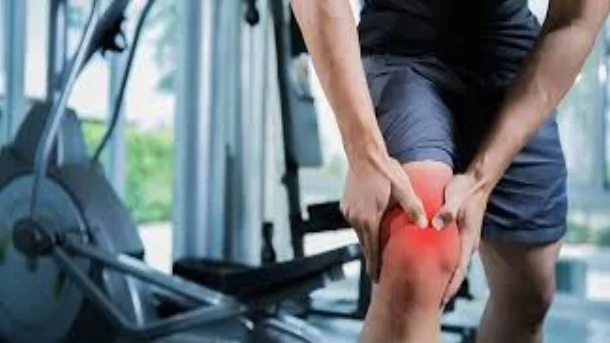It’s happened to all of us… we’re changing our bed sheets, walking down the street or playing golf and then all of a sudden we feel a slight twinge in our back, neck or ankle. We pause for a second and then realize that we’ve strained a muscle, pulled a tendon or ligament. It happens that fast and that easy. In the blink of an eye we go from weekend warrior, power-shopper or domestic goddess to injured athlete. Some of you may be fortunate enough to cruise through life without ever enduring an injury that’s sports related or otherwise but for the majority of us mortals, injuries are a part of everyday life.
I thought it would be advantageous to provide various strategies that will assist in keeping you active, healthy and on-track. Three areas worth exploring to ensure a seamless transition are PREVENTION, TREATMENT and POST-TREATMENT.
Tips on injury prevention
Warm-up properly; cold muscles don’t like to do anything other than sleep. When muscles are warm they have better circulation and are therefore more pliable, making them less prone to injury.
Go through range of motion (ROM) exercises BEFORE you begin your workout that will mimic the specific exercises you’ll be doing.
Stretch AFTER exercise; use contract-relax or PNF (proprioceptive neuromuscular facilitation) methodology.
Explore the benefits of cross training and try something different that will assist in building body awareness and kinesthetic acuity such as yoga and pilates. The better you know your body, the less susceptible you will be to producing movements that will land you an injury.
Don’t bounce when you stretch; be super smooth and slow when easing into a stretch and make sure you are breathing during your warm-up/cool-down. It’s not how far you stretch; it’s how good of a stretch you achieve.
How to manage injuries
Most important thing you can do once you’ve sustained a minor injury is to limit, reduce inflammation which will help control diminished range of motion and pain.
R.I.C.E. Rest, ice, compress, elevate; the old standard in injury treatment which can still be effective for many minor sprains and strains.
Traumeel, fish oils and arnica are supplements you can take in lieu of the regular assortment of NSAID’s (Advil, Tylenol, etc) without as much harm to your liver and digestive system.
Foods that will naturally help REDUCE inflammation are ground flax, fish of any kind, pomegranates. On the contrary, foods that INCREASE inflammation (and should be avoided to control PG2 prostaglandins) are sugar, dairy and red meat.
Of course, if your injury is more than a small strain, sprain or bruise, it may be wise to contact your family physician to determine if anything is fractured. Although icing and the treatments suggested above will help control inflammation, it won’t heal a fracture so use common sense and know when a trip to the doctor is warranted.
Moving forward post-injury
Start back slowly; your injury may not be 100% healed. Going from your last scheduled physiotherapy or acupuncture appointment to a super hard workout because you ‘feel’ better is a recipe for disaster.
Be cognizant or the impact your injury has on other parts of your body; balance, proprioception included. Just because you sprained your ankle doesn’t mean that other muscles weren’t overcompensating while you were healing. Muscle imbalances and changes in gait, balance and/or posture are always a possibility with an injury and should not be discounted. In addition to getting the muscle and the joint back in working order, ensure you give some merit to balance and proprioceptive training so you can get the movement patterns back on track as well.
Continue to re-stabilize the joint and work on range of motion even after the swelling is diminished and the pain is gone. It’s very important to keep your ‘core’ strong since many movements originate with the activation of the muscles in your abdominals AND back. A strong core is a great way to prevent future injury and to assist with an existing one. When you have greater ROM, you can move your joints through a greater range with increased ‘flexibility’ however, you need to ensure you still have functional strength and joint stability. Those of you doing yoga, be conscientious of joint instability and hyper-mobility; sometimes too much flexibility in a joint is a BAD thing.


